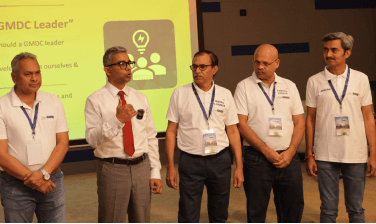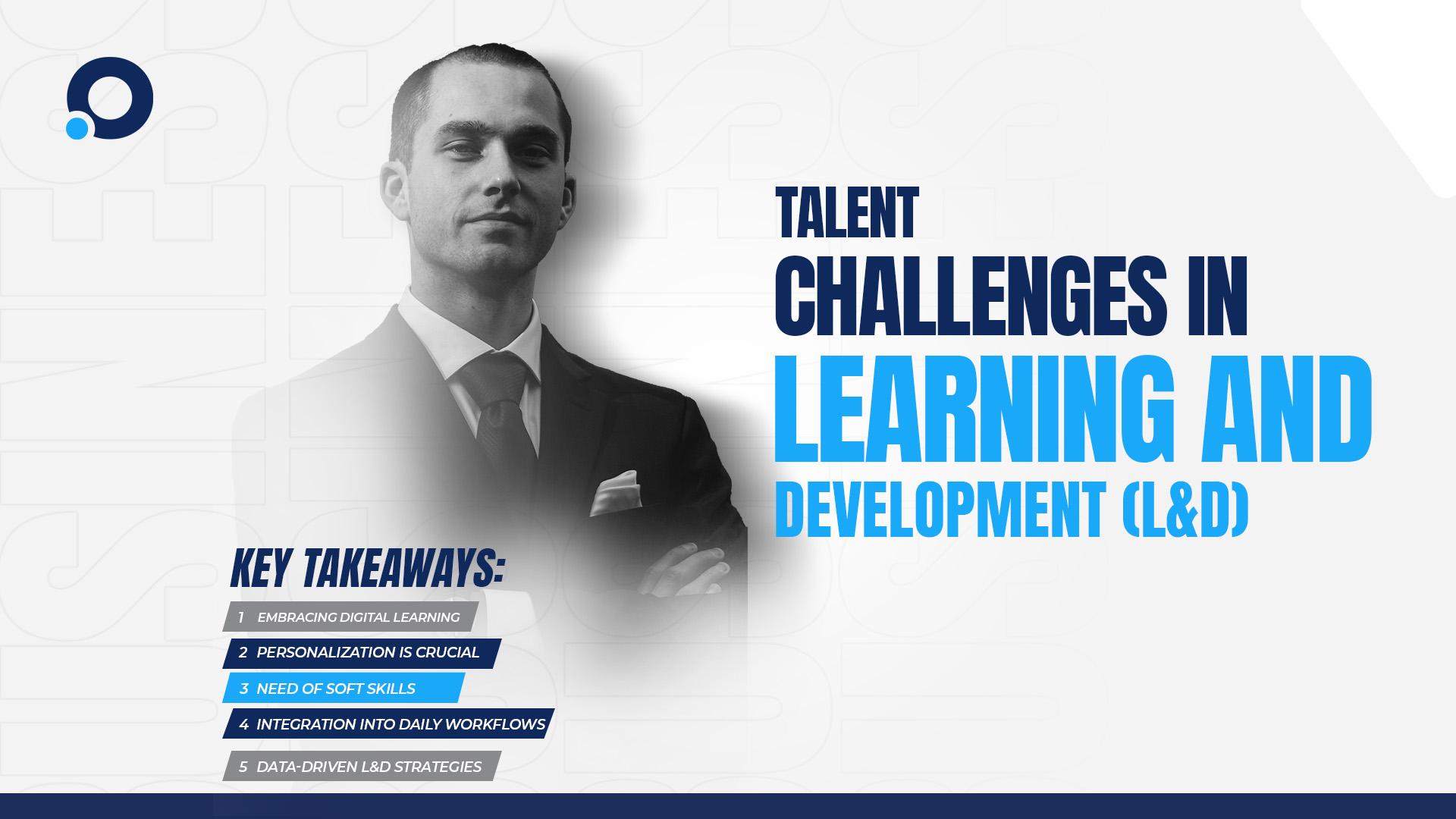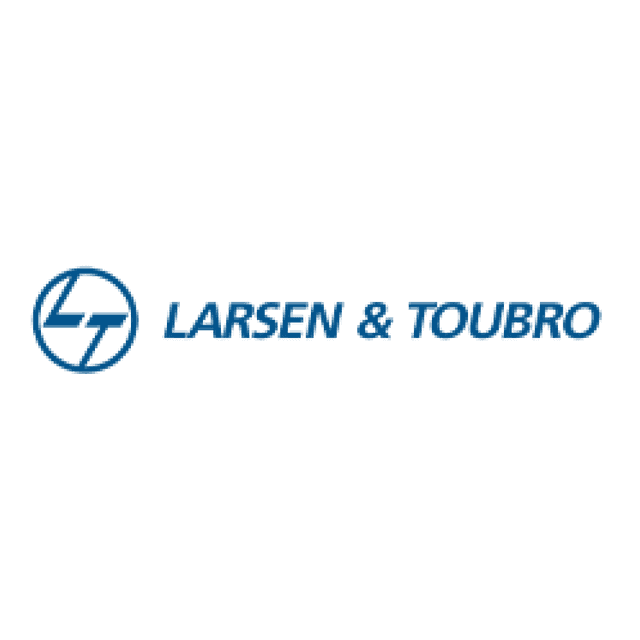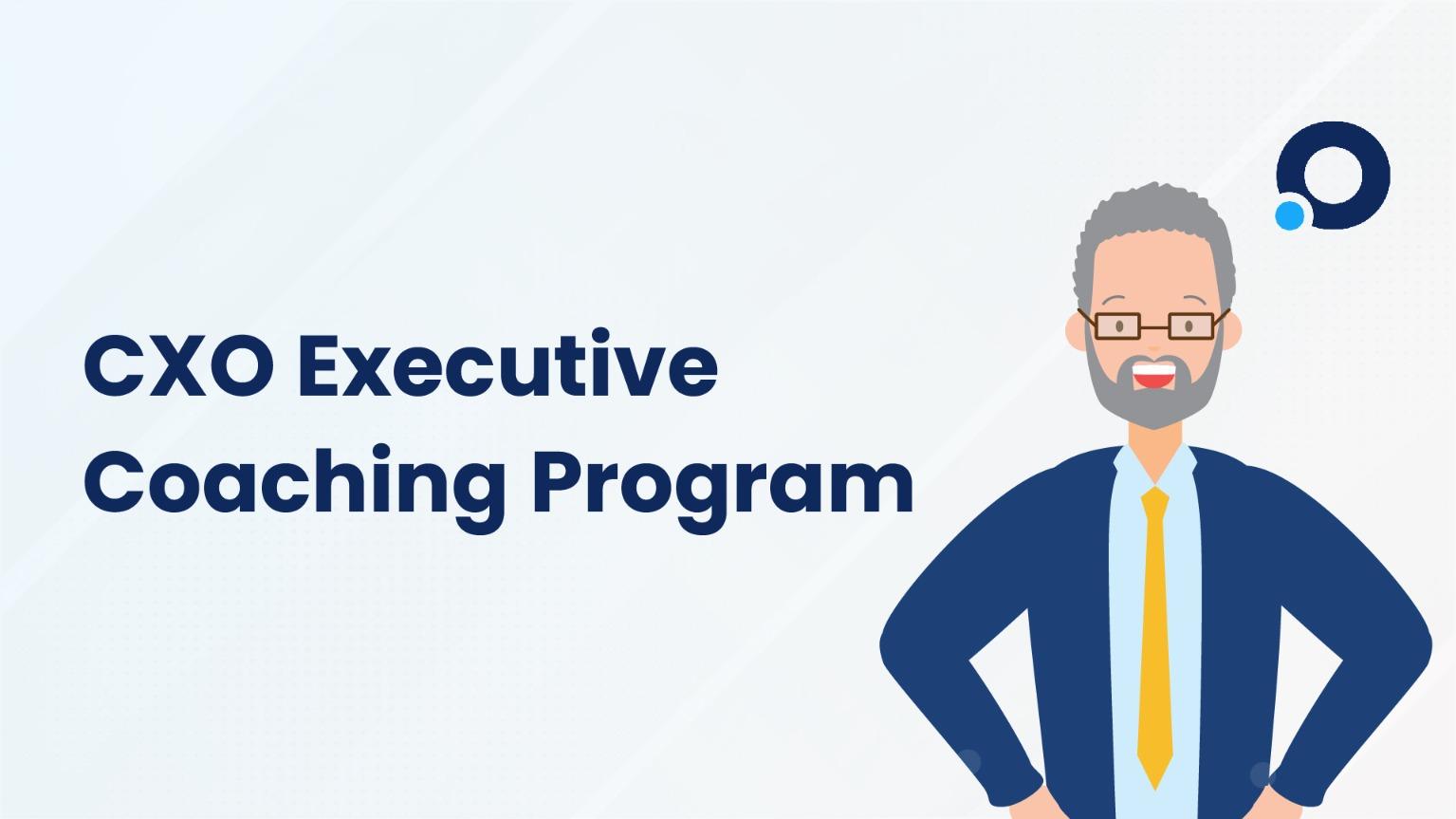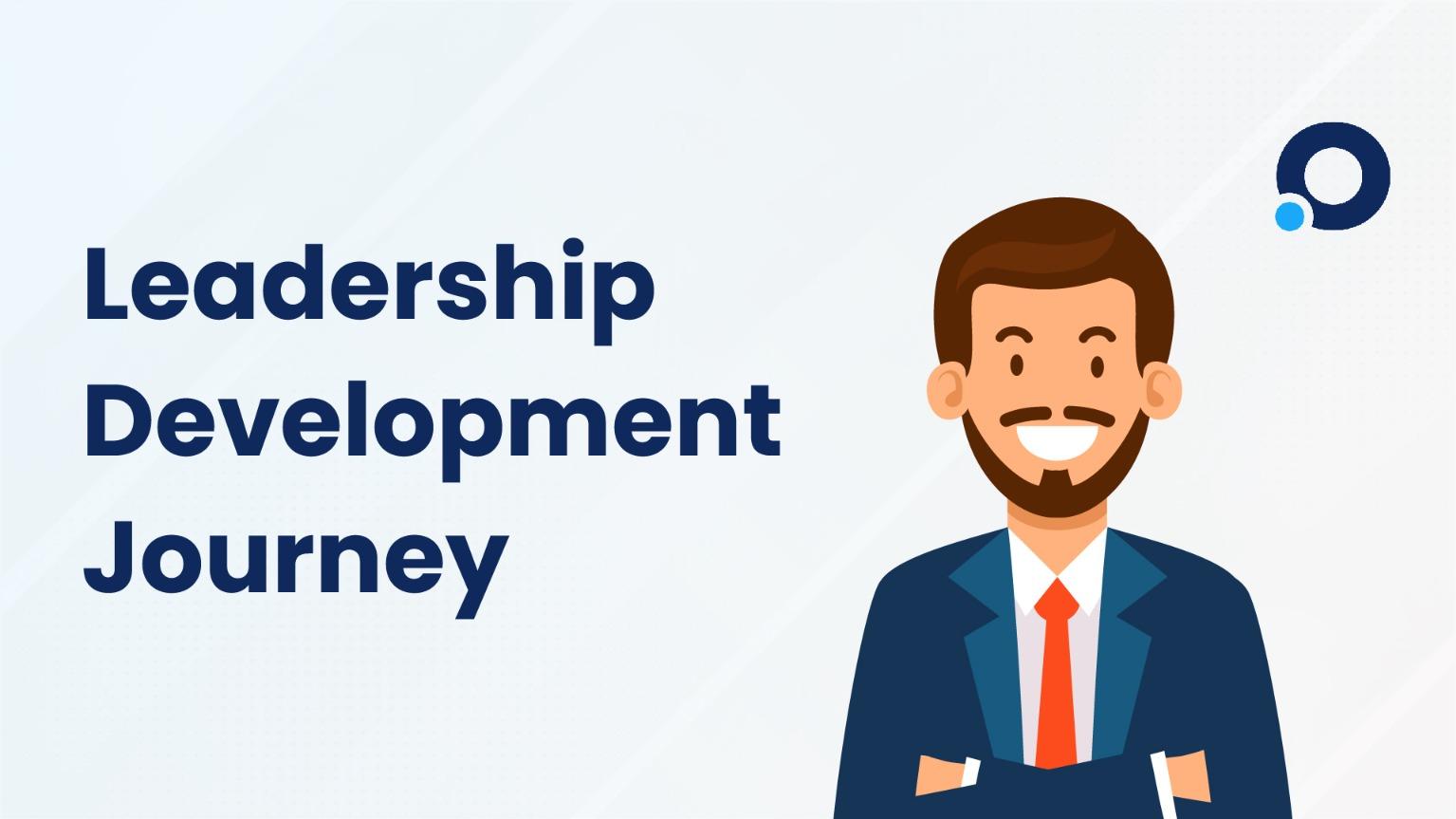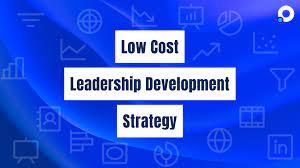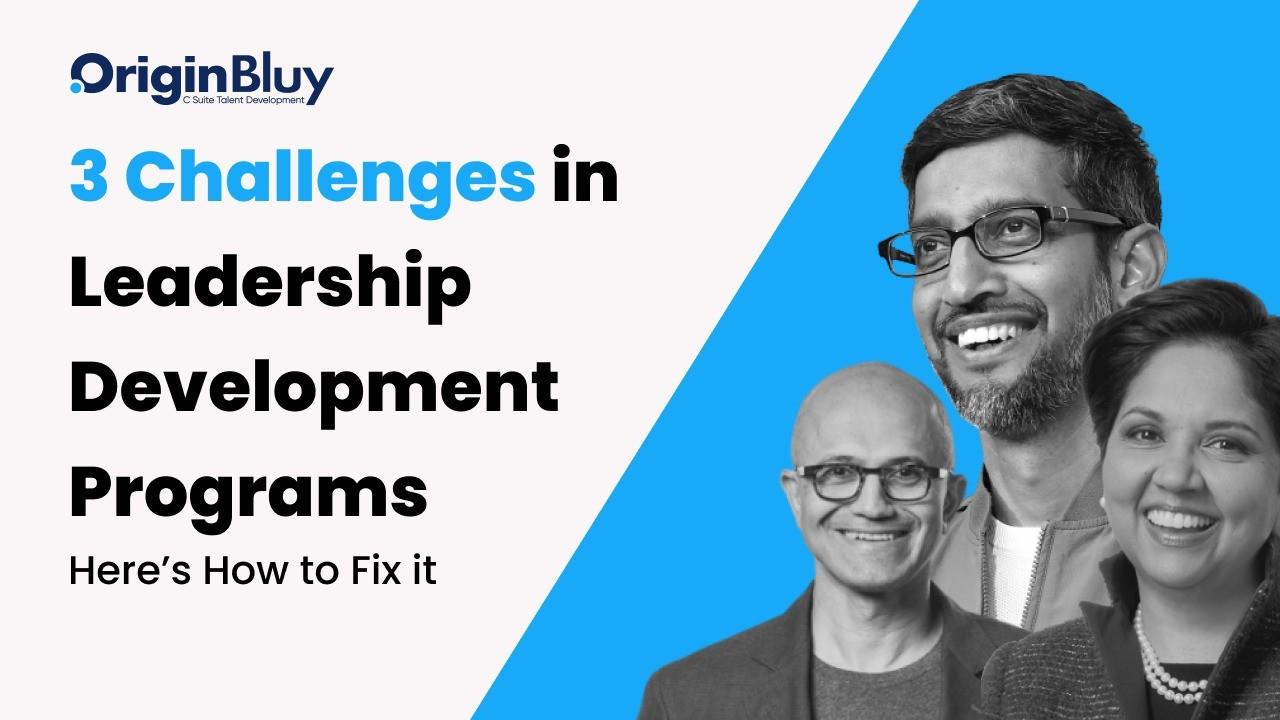74% of employees feel they need more learning and development opportunities to reach their full potential.
In an era where the only constant is change, L&D has become more than just corporate buzzwords. They are essential tools for businesses seeking to harness the full potential of their workforce.
However, as pivotal as L&D is, it comes with its own set of talent challenges. This blog delves into the world of learning and development, highlighting the challenges, benefits, and strategies that can help organizations navigate this vital area effectively.
What is Learning and Development
Learning and Development (L&D), in the context of an organization, is a systematic process to enhance an employee's skills, knowledge, and competency, aimed at achieving the company's long-term goals.
It's a subset of human resource management that focuses on the growth and educational needs of a company’s workforce.
Key Components of L&D
Before diving into the talent challenges in leadership and development, let’s take a look at their key components:
Employee Training
This involves structured educational programs to improve employees' skills and knowledge relevant to their current roles. It ranges from technical skill enhancement to soft skill development, ensuring employees are competent and effective in their positions.
Career Development
This component focuses on the future growth and progression of employees within the organization. It includes identifying and nurturing potential leaders, providing career counseling, and aligning individual career goals with organizational objectives.
Organizational Development
A broader aspect of organizational development involves strategies and initiatives that improve the overall health and effectiveness of an organization. This includes change management, culture development, and organizational restructuring processes.
E-Learning and Digital Training
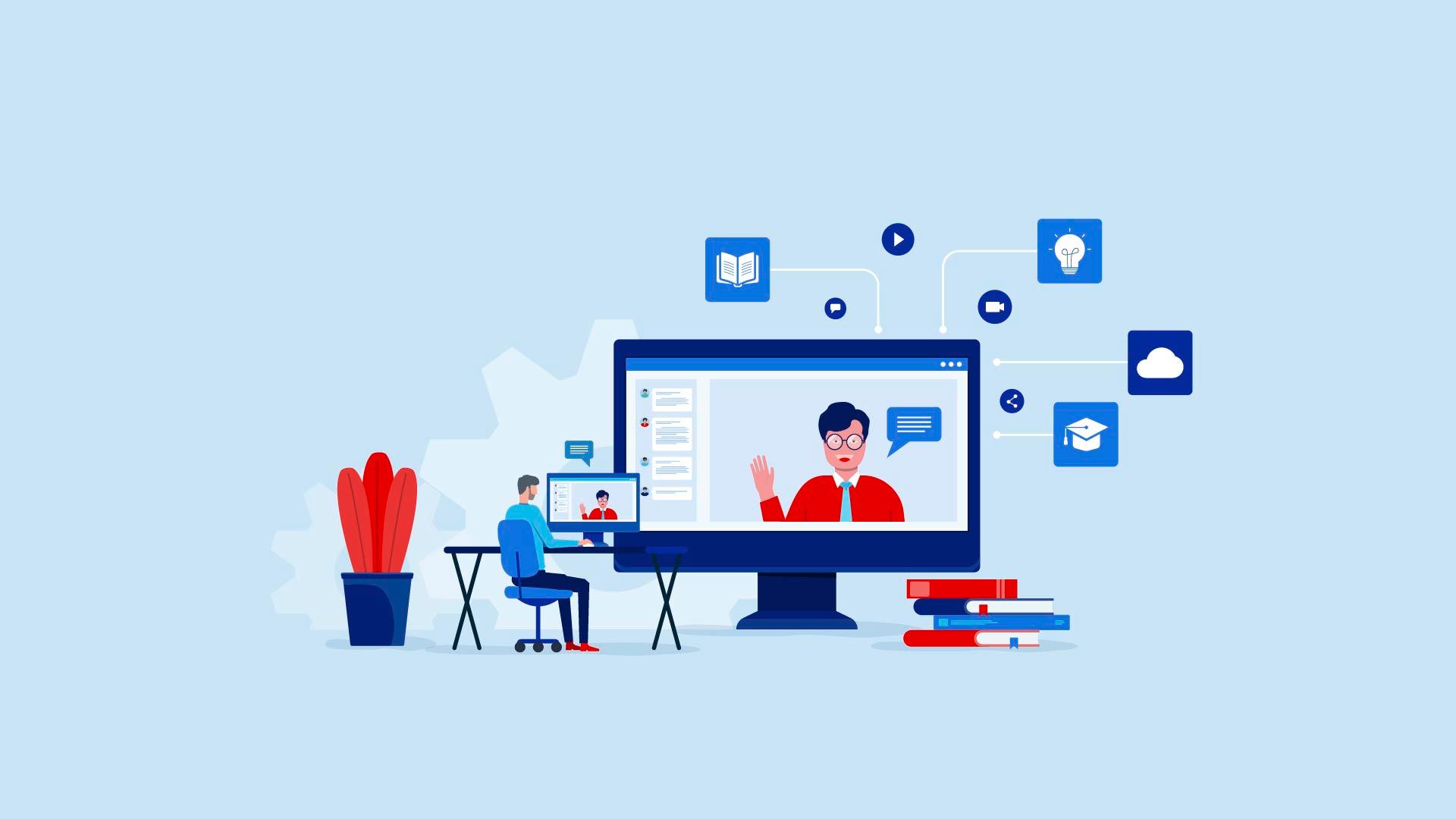
With technological advancements, e-learning has become an integral part of L&D. This includes online courses, webinars, and other digital platforms that provide flexible, on-demand learning opportunities for employees.
Performance Management
This involves the ongoing process of setting objectives, assessing progress, and providing ongoing coaching and feedback to ensure employees are meeting their career goals and contributing to organizational objectives.
Importance of Learning and Development
What makes learning and development important? Let's find out.
Enhances Employee Performance
Learning and Development programs are instrumental in enhancing the overall performance of employees. By providing targeted training and skill development, employees are better equipped to handle their current job responsibilities with increased competence and efficiency.
This not only leads to a direct improvement in their work output but also contributes to a more productive and effective workforce.
Addresses Skill Gaps
As industries evolve and new technologies emerge, skill gaps within the workforce can become a significant barrier to organizational growth. L&D initiatives play a critical role in identifying these gaps and providing the necessary training and education to bridge them.
Continuously assessing ensures that their workforce remains relevant, skilled, and capable of adapting to changing industry demands. This proactive approach to skill development helps maintain a competitive edge in the market.
Improves Employee Engagement and Retention
Offering development opportunities through L&D programs is a powerful tool for increasing employee engagement and retention. When employees feel that their employer is invested in their personal and professional growth, it enhances their job satisfaction and loyalty to the organization.
This leads to lower turnover rates, as employees are more likely to stay with a company that values and supports their career development. Furthermore, engaged employees tend to be more motivated and committed to their work, contributing positively to the organization's culture and success.
Supports Succession Planning
A robust learning and development strategy is crucial for effective succession planning. It helps in identifying potential leaders within the organization and providing them with the necessary training and experiences to prepare for future leadership roles.
This process ensures that the organization has a pipeline of qualified and capable candidates ready to fill key positions. Succession planning ensures that the organization's leadership is dynamic, skilled, and aligned with its long-term strategic goals.
Fosters a Culture of Continuous Learning
Establishing a culture of continuous learning is one of the most significant long-term benefits of a L&D program. Such a culture encourages employees to consistently seek personal and professional growth, adapt to new challenges, and embrace innovation.
This continuous learning mindset ensures that the organization and its workforce do not become stagnant but remain agile, forward-thinking, and open to new ideas and methods.
Talent Challenges in L&D
Addressing the talent challenges in learning and development is crucial for any organization aiming to foster a skilled and adaptable workforce. Here are ten major challenges:
Rapid Technological Changes
One of the most formidable challenges in L&D is keeping pace with rapid technological advancements. As new technologies emerge, the need to update and adapt L&D programs becomes imperative to ensure that the workforce remains proficient and up-to-date.
This requires a continuous reassessment of training needs and the incorporation of contemporary technological skills and knowledge into the learning curriculum.
Aligning L&D with Business Goals
Ensuring that L&D initiatives are in sync with the company's strategic objectives is a complex task. The challenge lies in designing and implementing training programs that directly contribute to achieving business goals.
This alignment is crucial for the L&D efforts to be seen as valuable and for the organization to invest meaningfully in them.
Personalization of Learning
Catering to the diverse learning styles, preferences, and career paths of employees is a significant challenge. Personalized learning experiences require a deep understanding of individual learning needs.
The creation of tailored programs that can cater to varied skill levels and professional aspirations is a challenge that not every organization is able to tackle.
Skill Gaps Identification

Identifying skill gaps within an ever-evolving workforce is a continuous challenge. As industries and job roles evolve, pinpointing specific areas where employees lack essential skills becomes crucial. L&D programs must then be designed to effectively address these gaps, ensuring the workforce remains competent and competitive.
Budget Constraints
Budget limitations often restrict the scope and depth of L&D initiatives. Balancing the need for comprehensive, high-quality training with financial constraints is a persistent challenge. This requires strategic planning and prioritization to ensure that limited resources are utilized in the most effective way.
Measuring ROI of L&D Programs
Demonstrating the return on investment for L&D initiatives is a challenging aspect. It involves quantifying the effectiveness of training programs in terms of improved performance, productivity, and contribution to the organization's success. Establishing clear metrics and gathering relevant data is essential for this assessment.
Keeping Content Relevant and Up-to-Date
Ensuring that L&D content is current and relevant to the latest industry practices and trends is an ongoing challenge. This involves regular reviews and updates of training materials, which can be resource-intensive. Staying abreast of industry changes and incorporating them into learning modules is crucial for the relevance and effectiveness of L&D programs.
Engagement and Motivation of Learners
Keeping learners engaged and motivated throughout the training process is vital yet challenging. L&D programs must be designed to be engaging, interactive, and directly applicable to the learners' roles and responsibilities. This helps in maintaining interest and ensuring that the learning is meaningful and impactful.
Integrating L&D into Daily Workflows
Incorporating learning into the daily workflow without hampering productivity is a tricky balance. Employees often find it challenging to dedicate time to training within their busy schedules. Therefore, L&D initiatives must be flexible and seamlessly integrated into regular work routines to be effective.
Adapting to Remote and Hybrid Work Models
The shift to remote and hybrid working models has introduced new complexities in delivering effective training. Adapting L&D strategies to suit these models while ensuring high levels of engagement and participation requires innovative approaches and the use of technology to deliver accessible and interactive training remotely.
Identifying Skill Gaps in Learning and Development
Identifying skill gaps in L&D is a crucial process for ensuring that an organization's workforce remains competitive and capable of meeting current and future challenges. This involves a systematic approach to determining the differences between existing skills and the skills required to achieve organizational goals.
1. Conducting Skills Assessments
The first step in identifying skill gaps is conducting comprehensive skills assessments. These assessments can be carried out through various methods, such as performance reviews, skills audits, and competency assessments.
These evaluations help in identifying the specific areas where employees’ skills do not meet the current or future needs of the organization.
2. Employee Surveys and Feedback
Gathering feedback from employees through surveys or interviews can provide valuable insights into perceived skill gaps. Employees often have a good understanding of where they need more training or development.
This bottom-up approach ensures that the identified areas for improvement are relevant and targeted.
3. Analyzing Business Objectives and Strategy
Aligning L&D with business strategy is crucial. Analyzing the organization's long-term goals and strategies helps identify the types of skills that will be required in the future.
This strategic alignment ensures that L&D efforts are not just addressing current skill gaps but are also preparing the workforce for future demands.
4. Reviewing Industry Trends
Keeping an eye on industry trends and future projections can help in anticipating the skills that will be in demand. Understanding the best practices and skill sets valued in the industry can provide a clear direction for L&D programs.
Staying ahead of industry trends, such as emerging technologies or shifts in consumer behavior, allows organizations to proactively train their workforce in relevant skills before they become critically needed.
5. Utilizing Data and Analytics
Advanced data analytics can provide more than just identification of skill gaps; it can predict future skills needs based on industry trends and internal company data. By leveraging tools like AI and machine learning, organizations can analyze large sets of data from various sources.
This can help them gain a comprehensive understanding of both current and future training needs. This data-driven approach ensures that L&D initiatives are not only responsive but also predictive and strategic.
6. Engaging with Leadership and Managers
Empowering managers to take an active role in the L&D process can be highly effective. This could involve training managers to identify skill gaps within their teams, involving them in the development of personalized learning plans, and encouraging a culture where ongoing development is part of regular team dynamics.
Managers can also play a key role in mentoring and coaching their team members, providing on-the-job learning opportunities that complement formal L&D programs.
By accurately identifying skill gaps, organizations can tailor their L&D initiatives to address these gaps effectively, ensuring that their workforce is skilled, adaptable, and aligned with both current and future business needs.
Effective Learning and Development Strategies
Effective L&D strategies are crucial for the growth and success of an organization. These strategies should be dynamic, encompassing a range of approaches and methodologies to meet the diverse needs of the workforce and the organization.
Let's elaborate on some key strategies:
Customized Learning Programs
Tailoring learning programs to meet the specific needs of different employee groups is crucial. This involves assessing the unique skill sets, learning styles, and career goals of employees and creating personalized learning paths. Customization ensures that the training is relevant, engaging, and directly applicable to the employees' roles and responsibilities.
Leveraging Technology in Training
Incorporating modern technologies such as e-learning platforms, virtual reality (VR), augmented reality (AR), and artificial intelligence (AI) can significantly enhance the learning experience. These technologies offer interactive and immersive learning opportunities, making training more engaging and effective.
Focus on Soft Skills Development
In today's collaborative work environment, soft skills like communication, teamwork, leadership, and emotional intelligence are as important as technical skills. Developing programs that focus on these areas can lead to better workplace dynamics, improved employee relations, and enhanced problem-solving capabilities.
Continuous Learning Culture
Fostering a culture that encourages and supports continuous learning is key. This involves not only providing access to training and development resources but also creating an environment where ongoing skill development is valued, recognized, and rewarded.
Blended Learning Approaches
Combining various learning methods, such as online courses, in-person workshops, and hands-on training, can cater to diverse learning preferences and schedules. Blended learning approaches offer flexibility and a more holistic learning experience.
Regular Evaluation and Feedback Mechanisms
Implementing robust evaluation and feedback systems helps in continuously assessing the effectiveness of L&D programs. Regular feedback from employees helps in understanding the impact of training, identifying areas for improvement, and aligning future training more closely with organizational goals and employee needs.
These strategies, when effectively implemented, can significantly enhance the efficacy of an L&D program, ensuring that it meets the evolving needs of both the organization and its workforce.
Learning and Development in the Era of Remote Work
L&D in the era of remote work has become a focal point for organizations adapting to new working realities. This shift presents both challenges and opportunities for L&D professionals. Let’s take a look at them:
1. Digital Transformation of L&D
The most significant shift has been the digital transformation of learning content. Traditional in-person training sessions have been replaced or complemented by digital formats like webinars, e-learning modules, and virtual workshops. This transformation requires not only the digitization of content but also a rethinking of how to engage learners in a virtual environment effectively.
2. Access and Flexibility
Remote work has emphasized the need for L&D programs to be accessible from anywhere and at any time. This flexibility allows employees to engage with learning materials at their own pace and according to their schedules, which can vary widely in remote settings. It also means ensuring that learning resources are compatible with different devices and platforms, providing a seamless learning experience regardless of location.
3. Engagement and Interaction Challenges
Keeping learners engaged in a remote environment can be challenging. Without the physical presence of a classroom, L&D initiatives need to incorporate interactive elements such as quizzes, discussion forums, and collaborative projects. Live sessions might include polls, Q&A segments, and breakout rooms to foster interaction and engagement.
4. Personalization and Self-Directed Learning
Remote work offers an opportunity to personalize learning experiences more profoundly. Employees can have greater control over their learning journey, choosing content that aligns with their individual career goals and learning preferences. L&D programs can leverage data analytics to offer tailored learning recommendations and adaptive learning paths.
5. Social Learning and Community Building
In a remote setting, creating a sense of community and opportunities for social learning is crucial. This can include peer learning groups, mentorship programs, and online communities where employees can share experiences, insights, and learning resources. Virtual networking events and collaborative platforms can also help maintain the social aspect of learning.
6. Monitoring Progress and Measuring Effectiveness
The remote work environment necessitates robust mechanisms to track learning progress and measure the effectiveness of L&D programs. Digital learning platforms can provide analytics on engagement levels, course completion rates, and assessment scores. Regular feedback from employees can also help in continuously improving the learning experience.
7. Supporting Well-being and Work-Life Balance

L&D in the remote work era should also consider employee well-being and work-life balance. Programs can include content on managing remote work challenges, maintaining mental health, and developing work-life balance strategies.
In conclusion, L&D in the era of remote work requires a strategic approach that embraces digital transformation, prioritizes flexibility and personalization, and fosters engagement and community.
The Future of Learning and Development
The future of L&D is set to be dynamic and transformative, adapting to the evolving needs of the workforce and the changing business landscape.
Here are five key points that are likely to shape the future of L&D:
1. Increased Emphasis on Digital and Remote Learning
The future of L&D will see a greater reliance on digital platforms. With the rise of remote work and global teams, digital learning provides flexibility and accessibility, allowing employees to engage in training regardless of their location.
Technologies like virtual reality (VR) and augmented reality (AR) are expected to become more prevalent, offering immersive and interactive learning experiences.
2. Personalized and Adaptive Learning
Personalization in L&D is set to deepen, with programs increasingly tailored to individual learning styles, career paths, and personal development goals. The use of AI and machine learning will enable more adaptive learning environments.
This can assess an individual's skill level and learning progress and adjust the training content accordingly in real time.
3. Focus on Soft Skills and Emotional Intelligence
As automation and AI take over more routine tasks, there will be a heightened focus on human-centric skills such as emotional intelligence, critical thinking, creativity, and interpersonal skills.
These skills are crucial for leadership, collaboration, and adapting to change, which cannot be replicated by machines.
4. Integration of L&D into Daily Workflows
The future of L&D involves its seamless integration into the daily work lives of employees. Microlearning—short, focused learning segments that can be easily consumed in the flow of work—will become more prevalent.
This approach allows for continuous learning and development without the need for extensive time away from work responsibilities.
5. Data-Driven L&D Strategies
With the increasing availability of data, L&D strategies will become more data-driven. Analytics will play a key role in measuring the effectiveness of training programs, understanding employee engagement and learning behaviors, and predicting future training needs.
This data-centric approach will enable organizations to make informed decisions about their L&D investments and strategies.
These evolving trends indicate that the future of L&D is one that is more personalized, technology-driven, and integrated into the fabric of everyday work, focusing on developing the unique human skills that are essential in the modern workplace.
Transforming Talent Challenges into Learning and Development Opportunities
The landscape of Learning and Development (L&D) is undergoing a significant transformation, driven by technological advancements, the rise of remote work, and a growing emphasis on personalized and adaptive learning.
As we look towards the future, L&D is poised to become more integrated into daily workflows, with a focus on developing critical soft skills and leveraging data for strategic insights.
The shift towards digital and remote learning platforms, along with the application of AI and machine learning, underscores a future where continuous learning is seamlessly woven into the fabric of our work lives.
Now is the time to embrace these evolving trends and reimagine your organization's approach to learning and development.
Are you ready to transform your L&D strategy to meet the challenges of the future? Contact us today to explore how our innovative learning solutions can empower your workforce and drive your organizational goals forward.
Key Takeaways From the Blog:
- Embracing Digital and Remote Learning
- Personalization is Crucial
- Rising Importance of Soft Skills
- Integration into Daily Workflows
- Data-Driven L&D Strategies






